The Réserve Naturelle Nationale des Gorges de l’Ardèche is centred around a spectacular 30km-long gorge carved over millennia by the Ardèche river, which gives this French department its name. The river arises in the Massif Central, which was subject to extensive volcanic activity in the past. The northern Ardèche has much evidence of this, with basalt flows and mountains formed from the cones of extinct volcanoes.
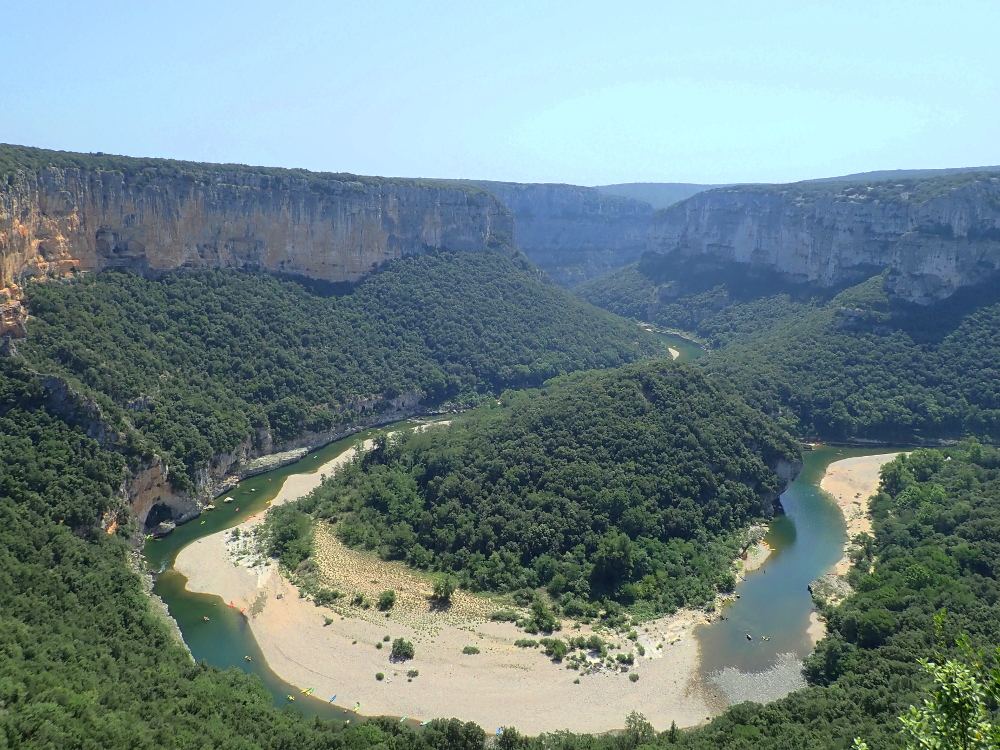
The Gorges de lArdèche
To the south, the limestone karstland has been shaped by the eroding actions of water to create numerous caves and gulleys, as well as the Ardeche gorge itself. At its most sinuous, the gorge features a huge natural stone arch, the ‘Pont d’Arc’, which the river flows underneath. The arch was formed as the river gradually eroded away at the cliff forming one of its meanders, eventually cutting right through and straightening the course of the river.

The Pont d’Arc over the Ardèche river
The complex cliffs of the gorge are home to numerous species of nesting birds, including Alpine swifts and Crag martins (Ptyonoprogne rupestris), as well as larger raptors such as Peregrine Falcons (Falco peregrinus), Egyptian Vultures (Neophron percnopterus) and the nationally rare Bonelli’s Eagle.

Alpine swifts (Tachymarptis melba)

Bonelli’s eagle (Aquila fasciata)
The vegetation of the limestone plateaux are characterised by garrigue and woodlands of evergreen Holm Oaks (Quercus ilex), while Phoenicean Juniper can be found growing on the cliffs.
At the river’s edge, many different habitats can be found on a smaller scale. As well as sheer limestone banks, there are areas of cobbles and sand where the river flows more slowly. Here, Yellow Horned Poppies can be found growing, a species that is more usually associated with coastal shingle habitats.

Phoenicean Juniper (Juniperus phoenicea)
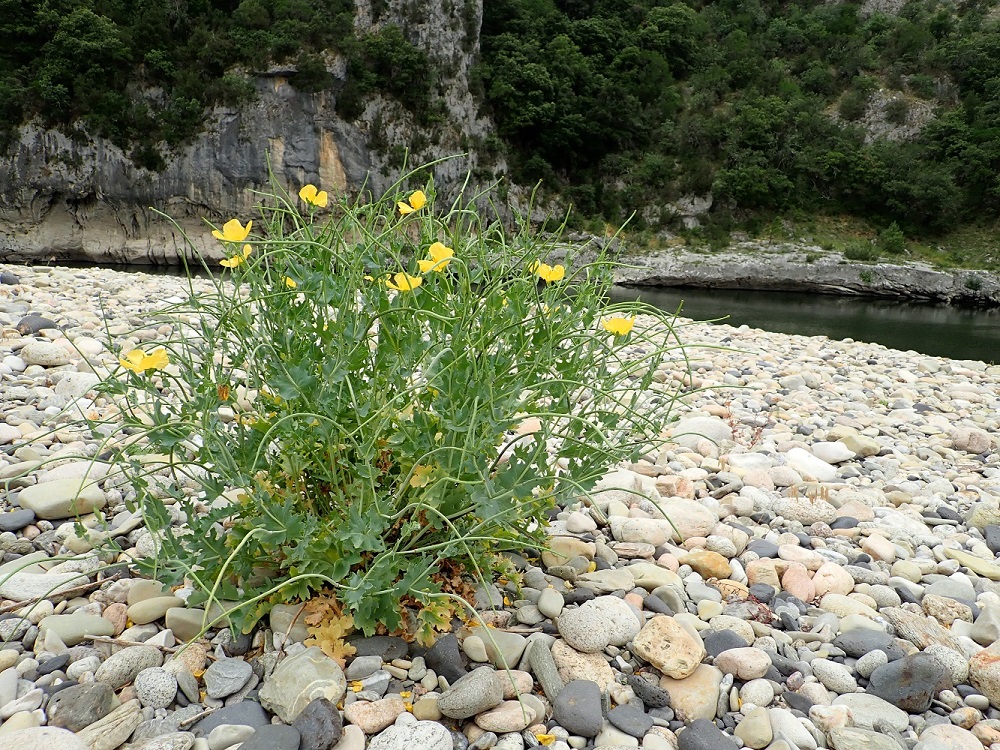
Yellow Horned Poppies (Glaucium flavum)

Beaver damage
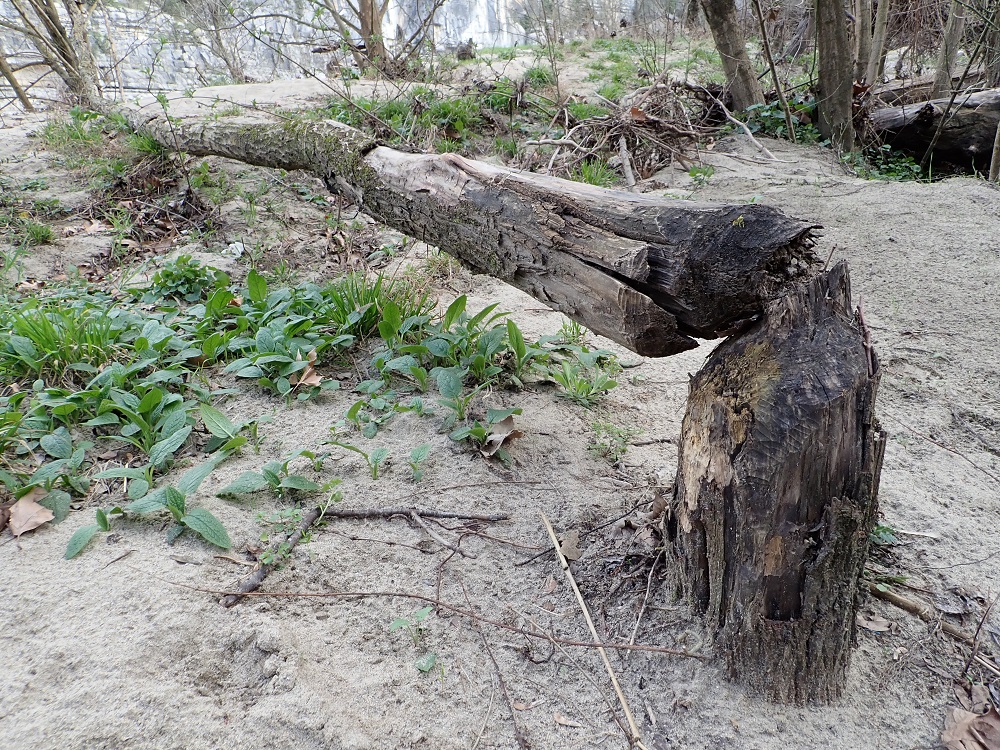
Beaver damage
The trees growing close to the water often show signs of damage by Eurasian Beavers (Castor fiber). By the late 19th century, Beavers were almost completely extirpated from France due to hunting pressure. However, extensive reintroduction programs, largely from remnant populations in the Rhône, have allowed the Beaver to recolonise many river systems and there are now an estimated 14,000 individuals living in France.
Beneath the water, there are approximately 20 species of fish here, including the invasive and territorial Pumpkinseed Sunfish as well as the critically endangered Apron du Rhône. The Apron is only found in a couple of rivers in the Rhône catchment and nowhere else in the world. It is the subject of conservation measures to protect it and its habitats, including translocation schemes.
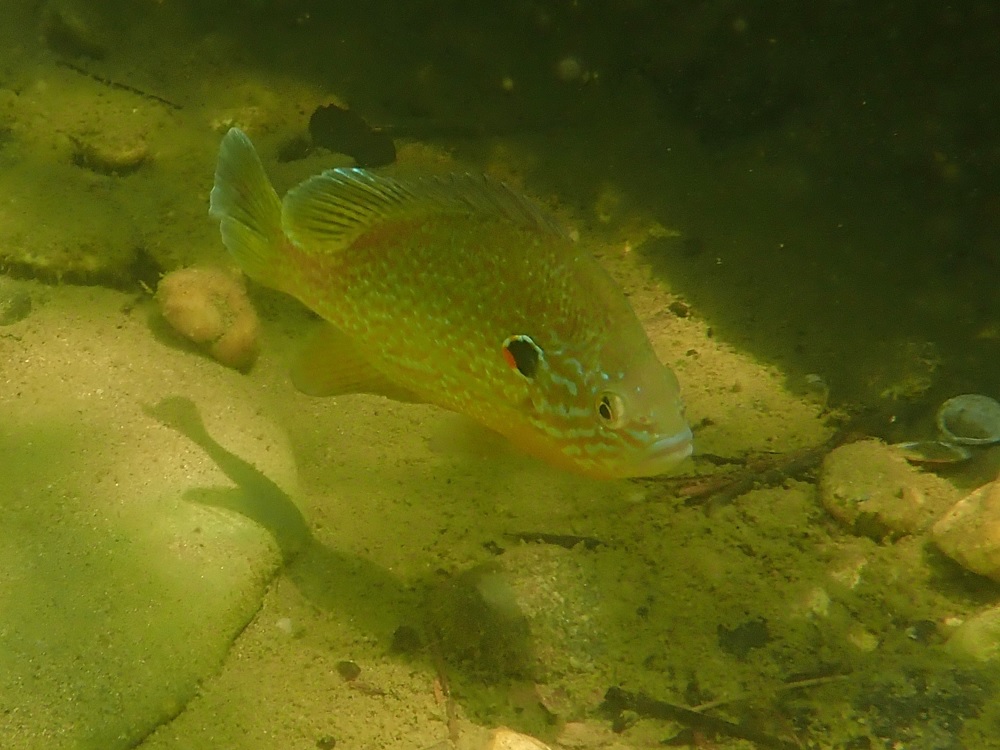
Pumpkinseed Sunfish (Lepomis gibbosus)

Apron du Rhône (Zingel asper)
The Réserve Naturelle Nationale des Gorges de l’Ardèche also contains many cave systems, which provide shelter for a diversity of specialised animals such as European Cave Spiders, cave-dwelling Amphipods, and numerous species of bats.

Greater Horseshoe Bat (Rhinolophus ferrumequinum)
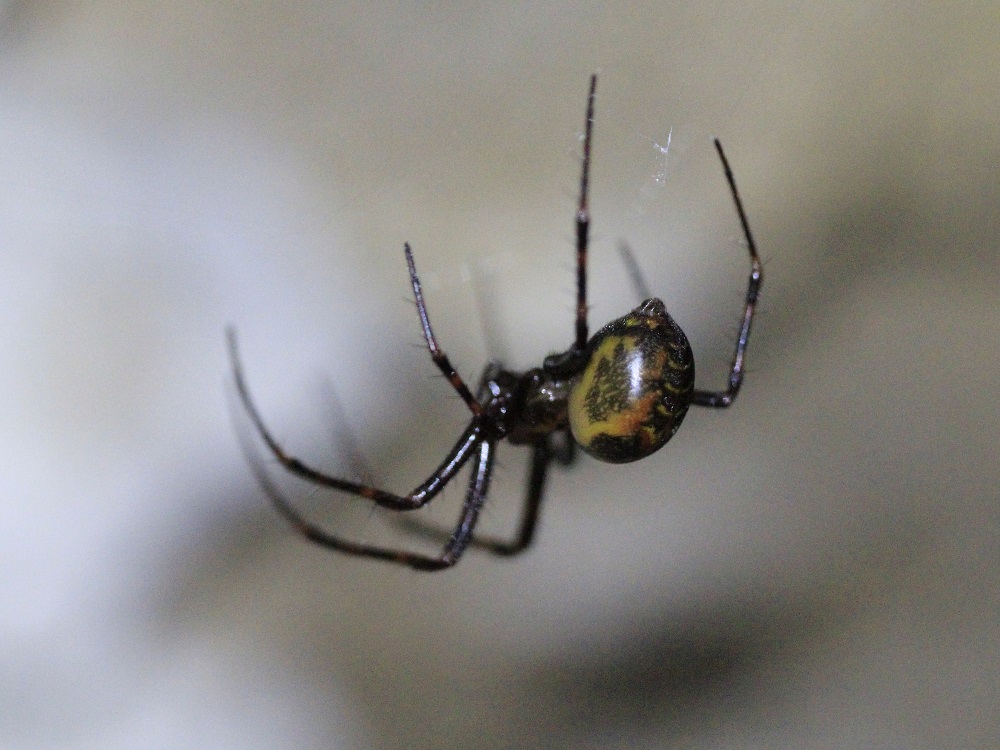
European Cave Spiders (Meta menardi)
Among the caves in the reserve is the historically important Grotte Chauvet. This cavern is situated in the cliff close to the Pont d’Arc and was sealed off by a landslide that occurred 21,500 years ago, leaving it in a remarkable state of preservation. Rediscovered in 1994, it contained many examples of human artwork on the walls, featuring symbolic imagery and huge murals of ice-age mammals.
Given the sensitivity of this site, public access is not allowed, but instead a huge, ground-breaking replica has been painstakingly built so that people can experience the cave and learn about prehistoric life in the region. Using original pigments and techniques, teams of artists have meticulously copied the paintings, all set inside a modern structure housing the replica cave.

The exterior of the Grotte Chauvet 2

A reconstruction of the Aurignacian artists at work

A Woolly Rhinoceros (Coelodonta antiquitatis) in the exhibit of the Grotte Chauvet 2
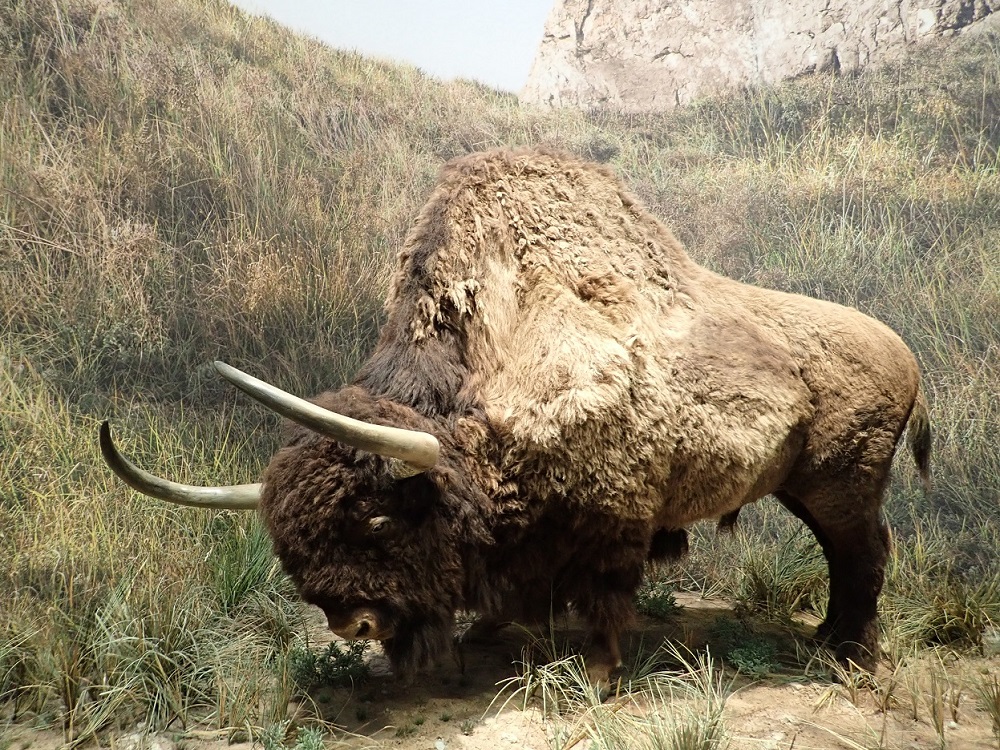
Steppe Bison (Bison priscus) in the exhibit of the Grotte Chauvet 2
The animals depicted in the cave reveal the ice-age steppe megafauna that would have been important to humans when the paintings were made, approximately 36,000 years ago, including wild horses, Bison, Aurochs and Cave Lions. An interactive exhibit covering these animals, along with the Aurignacians (Upper Palaeolithic humans) can also be visited at the site.
There are many caves to discover here, including La Grotte de la Madeleine with its beautiful calcite draperies, La Grotte St Marcel (one of the biggest caves in France), La Grotte de la Cocalière with its subterranean pools and the Aven d’Orgnac, filled with impressive stalagmites.

The Aven d’Orgnac cave with its impressive stalagmites called “piles of plates”

Inside the Grotte de la Cocalière